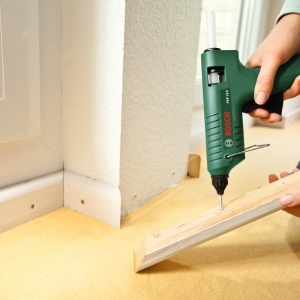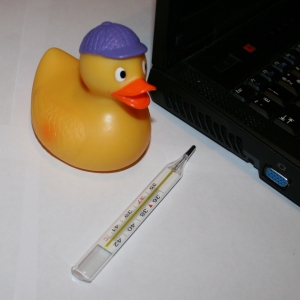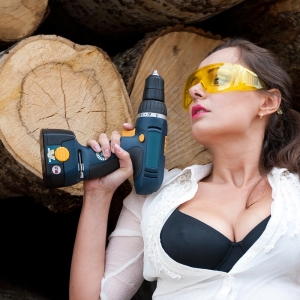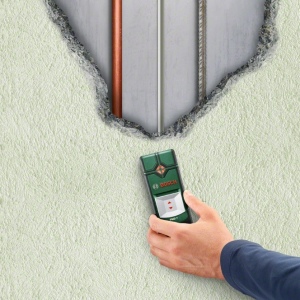Each man in his life faces the fact that you have to repair something with your own hands. Sometimes, to solder wiring, work skills will be required.
Features of the soldering iron
A simple soldering method has some nuances: it is to solder a low-walled solder (it is also called soft), and massive details that have a big heat transfer - will not succeed. Therefore, if you need to evaporate something large, then the usual household soldering iron will not cope with such a task.
What else to prepare for work:
- soldering iron;
- flux;
- solder.
Regarding the choice of the main working tool: Soldiers are different, the most ordinary, low power will suit for the beginner.
Gas, induction and thermal soldering iron is already a choice of professionals. Also, no need to acquire a massive soldering iron, because it will be problematic with such a tool at home.
Regarding the selection of the soldering iron, you can recommend the following: Choose a tool with a handy handle, with a capacity of 25-40 W, but if you need to drink thick parts, then you will need a tool up to 100 W. As for the size and shape of the sting - here you need to understand the volume of work. Specialists advise you to buy a soldering iron with a regular stale (copper) and sharpen it at the right angle, and then you can buy a few more replaceable nozzles of different shapes.
Additionally, along with the purchase of the soldering iron, we advise you to immediately buy a wire for soldering (solder). If it was possible to find pure tin - remarkably, but for the beginner it is suitable for a low-tailed metal (lead 40% + tin 60%).
You still need to buy a flux to remove a thin film from soldered wiring or parts. In the last century, radio amateurs for soldering were used rosin, but now you can buy a modern material that does not highlight the smell and does not spoil the sting of the soldering iron.

How to use a soldering iron. Tips Novichka
First preparation:
- Turn on the soldering iron into the outlet, be sure to put the tool on the stand.
- Soldering iron must be placed on the windowsill, open the window. The first inclusion is 30 minutes so that the sting is well warmed.
- Turn off the device. Now the tip of the sting must be placed in the rosin - this is a prominency.
- Without losing time, it is necessary to make a sting to the act (two sides), and if you have - then to fir skiing.
- And so you need to repeat until the pity does not change your color and will not be a shade of light silver.
How to solder wires:
- for learning it is better to prepare a piece of brass and a segment of copper wire. As for the solder, we advise you to buy solder in the balls. Balls before soldering heated to a temperature of 200 degrees;
- razing Wiring: Clean the insulation, omitted into the rosin stripped wiring tip along with a preheated sting, wait when the rosin will boil and slowly remove the wiring;
- now you can take the solder and apply it to the wire;
- connection of the wire with a piece of brass: staring the heated soldering iron Touch the spike place. Solder should change in color - you can carefully remove the sting and wait for the full solid to the material;

Organization of the workplace and novice tips
Before proceeding with large-scale work, it is necessary to prepare a workplace: think over the soldering iron in advance, where the soldering iron will be and abide by the precautions. The power tool is strongly increasing, so on the edge of the table and even more so in an unprotected surface, the soldering iron can not be put.
The room in which you will work should be well ventilated, it is advisable to settle down at the light source (under the lamp or right by the window).
Tips for beginners:
- the sting of the soldering iron must always keep in order: after work and complete cooling, the tip can be cleaned and wipe with a damp cloth;
- suts soldering should be checked immediately, and if the work is thin, we recommend purchasing a magnifying glass;
- rules soldering: First, all small details and wiring are soldered until the sting remains thin, then more rough soldering is performed;
- all sensitive details need to solder last.































